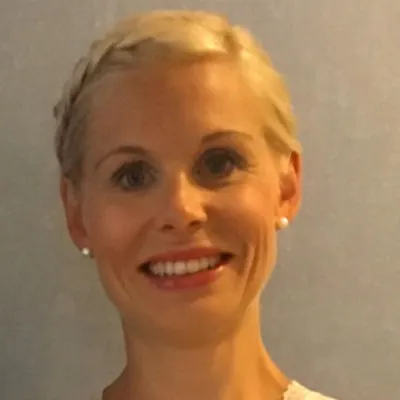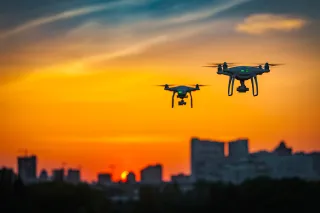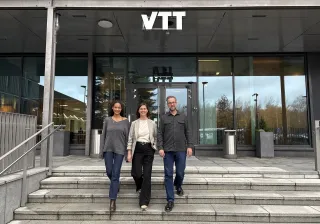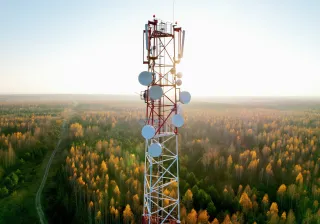The circular economy has enabled the launch of a new age in which different kinds of measures are used to respond to the environmental impact of plastics. As was mentioned already in the second part of the blog series, Finland's plastic packaging ecosystem is at a turning point, with various EU directives and upcoming changes to legislation on packaging. Ronja Dorairaju examined in her master's thesis written as part of a VTT project, the readiness of Finland's plastic packaging ecosystem to establish circular economy value creation models and a shift from fossil-based plastic to biologically based PEF plastic.
The most important trends of the ecosystem are in circular economy
The effects of climate change will emerge already in our own lifetime. The greatest cause of carbon dioxide emissions are sectors using fossil-based raw materials, such as the energy and plastics industries. Forty percent of plastic that is now produced is material that is discarded after it is used once. It is therefore obvious that the plastic packaging ecosystem needs massive changes for the creation of sustainable value.
The possibilities and challenges of the ecosystem
In addition to the EU's single-use directive, the change in consumption culture will also change the plastic packaging ecosystem. In this transformation companies that offer sustainable alternatives – be they recycled, biobased, or biodegradable plastic solutions – will be successful in this change. In addition, the change should also be reflected in the values and goals of the companies.
Cooperation in the ecosystem is seen as the most important driver. Taking consumer demands into account and organising recycling to make it simple keep material waste to a minimum. Pressure from consumers should be considered more systematically than before. Although plastic packaging is known to have a smaller carbon footprint than other materials, we still need to find efficient and diverse ways to reduce our plastic footprint.
New business models that emerge in the ecosystem need additional improvements in the process if the supply and the number of suppliers of the recyclable material are to be increased. Partnerships and collaboration between the EU and national governments are critical for the development of the waste infrastructure and for securing circular economy flows. The challenges of collecting packaging waste, poor or inadequate waste infrastructure, and restricted investments into the waste industry require solutions that can be regulated through taxation and waste fees. Utilising municipal plastic waste flows and collecting and processing plastics, are also necessary initiatives.
Business models of the circular economy as part of the change
More circular economy solutions should be introduced. Waste incineration should be stopped, and recycling should be made more efficient so that the materials might stay in circulation for a longer time. The plastic packaging ecosystem should operate in closer cooperation in order to attain a new kind of lasting value.
One seed for business activities is in the plastic that ends up in mixed waste. Technological innovations for the utilisation of plastic waste are needed because the amount of material is huge. No matter what materials a plastic package is made of, its maintenance, re-use, and recycling require great efforts for their optimisation.
Circular economy value chains and value flows require the re-examination of plastic packages with the help of continuous partnership. This also means that new initiatives and changes are needed both in consumer culture and in consumer preferences. Businesses need to take a key role in this development and legislative actions should encourage product innovations that are sustainable and biobased.
Multisectoral alternatives and cooperation as keys to the solution
Long-term goals and solutions will ultimately be found in global partnerships, but Finnish best practices, such as the Palpa deposit system, also have an important role in the sustainable development of plastic packaging. First, according to the main results of research, the current plastic packaging ecosystem is splintered, and second, the obstacles posed by regulation and the market are delaying the shift to a circular economy. Finding new solutions to flexible packaging requires ways to overcome technological impediments that currently hinder the growth of production.
We must not be complacent about the safety of solutions that already operate in Finland. Incentives and goals of stakeholders in the ecosystem need to be standardised to achieve sustainable measures. The ecosystem should consider what measures are desired and why. Broader Nordic cooperation would expand market forces and in doing so, accelerate available material flows. Voluntary agreements and legislation can ultimately promote change.
In the outcomes of the research, key themes included improving the coordination, cooperation, and general transparency of the value chain. In addition to circular economy solutions, the development of biobased plastics and other recycled materials is extremely important. Finnish industry has huge amounts of potential for cooperation between ecosystems. The environmental problems caused by plastics are so extensive that all stakeholders should work together to effect a change.
Writer behind this text:
Ronja Dorairaju
Master's thesis writer
Aalto University School of Business
The master's thesis was produced as part of a VTT project focusing on the systemic value creation of the circular economy especially in the plastic packaging ecosystem. The project is narrated in this three-part blog series:




